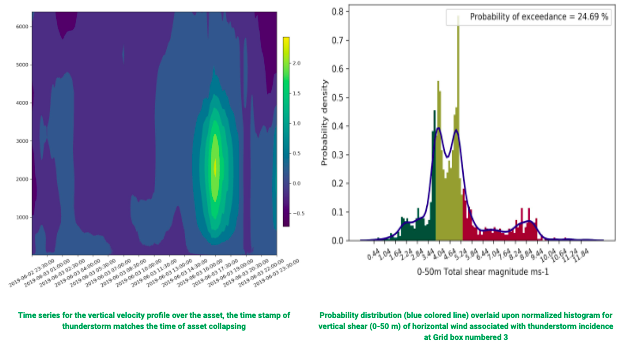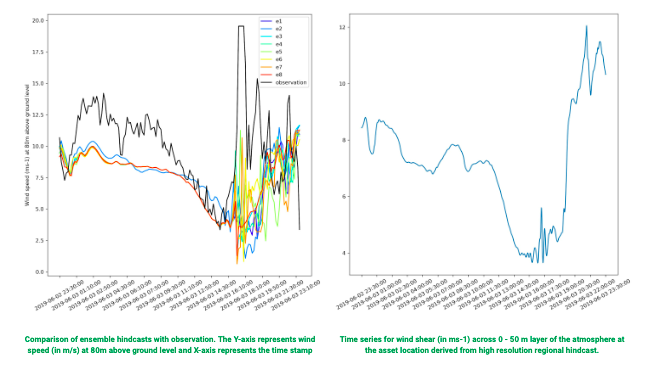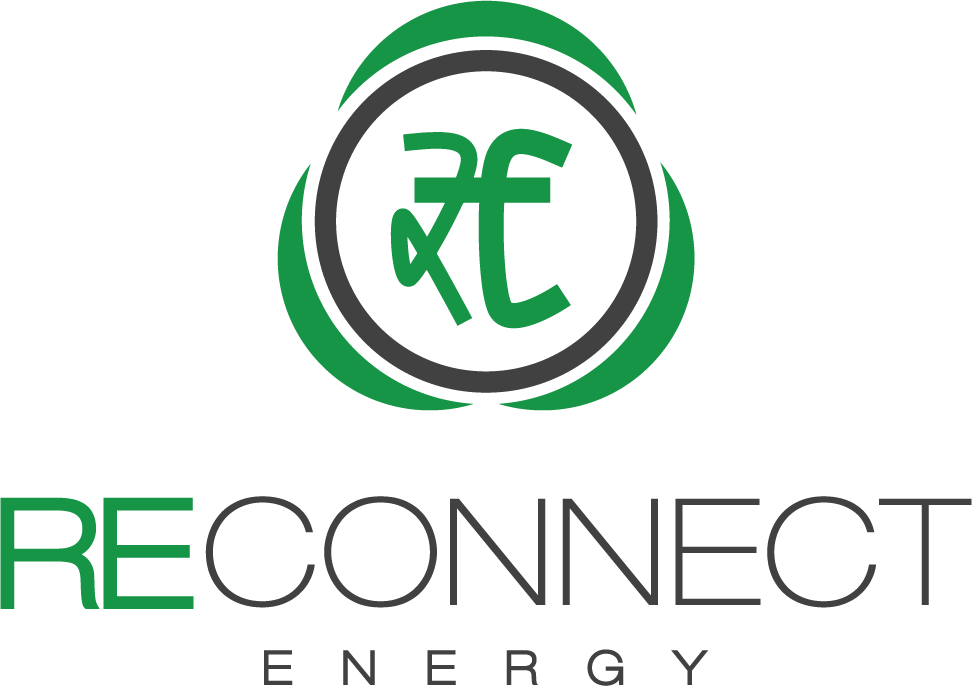Weather Forensics for Asset Insurance Claims
Increasing frequency of extreme weather events have highlighted the vulnerabilities of high value infrastructure, such as transmission towers that are exposed to the atmosphere. These high value assets are often insured, however, insurance claims for weather-induced losses often lack meteorological evidence, particularly in remote areas with limited weather observations. In absence of observational data, advanced weather science based techniques may be used to provide utilities with insights into critical meteorological factors and probabilistic perspectives associated with weather events that may have caused damage to assets. By incorporating the detailed insights from such techniques, utilities can enhance the credibility of insurance claims and secure coverage for weather-induced losses.
Problem Statement/Challenge
In 2021, the world experienced a surge in extreme weather events, highlighting the vulnerabilities and inadequacies of our infrastructure in the face of climate change. The electric grid, a critical component of our civilization, faced power outages due to floods, wildfires, and cyclones. Transmission towers, essential for grid stability, were particularly susceptible to high wind loads, compromising their structural integrity. This led to revenue loss for transmission utilities, who relied on insurance claims to cover the damages caused by extreme weather events. However, the lack of weather observations in remote locations made it challenging for utilities to validate their claims, undermining their credibility and leaving their assets at risk.
Forensic Investigation and Findings
To address this issue, we conducted a forensic meteorological investigation for a Transmission Company, which lost transmission towers to extreme weather events in 2019. Our objective was to identify the meteorological phenomena responsible for the damage and quantify the uncertainty associated with the events. By using customized regional weather models, we were able to realistically capture the meteorological signatures of the extreme weather events prior to the collapse of the towers. We compared the simulated weather fields with observations from nearby weather stations to validate their accuracy.

The meteorological features identified through our investigation, including nocturnal wind shear and thunderstorm/mesocyclone, aligned with eyewitness accounts collected by the transmission company. The ensemble approach enabled us to quantify the probability of exceedance associated with the meteorological signatures, indicating the potential for multi-directional wind forcing on the tower structure.

This forensic investigation provided valuable evidence for the transmission company’s insurance claims by demonstrating the likelihood of weather events capable of subjecting the towers to high wind loading. It enhanced the credibility of their claims, offering a more compelling case for coverage of the losses incurred due to extreme weather events.

Conclusion
Empowering transmission utilities, REConnect Energy Solutions Ltd offers a comprehensive service that provides valuable insights into the impact of extreme weather events on asset damage. Using our in-house regional weather models, we conduct forensic investigations to determine the likelihood of weather-induced damage. With our expertise and proven competency, we deliver actionable recommendations, enabling utilities to learn from the past and proactively mitigate future weather-related losses. Together, we can build resilience and ensure a sustainable future.

